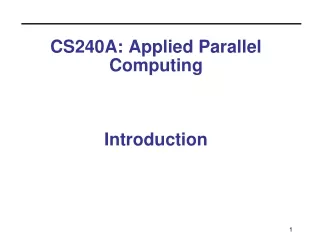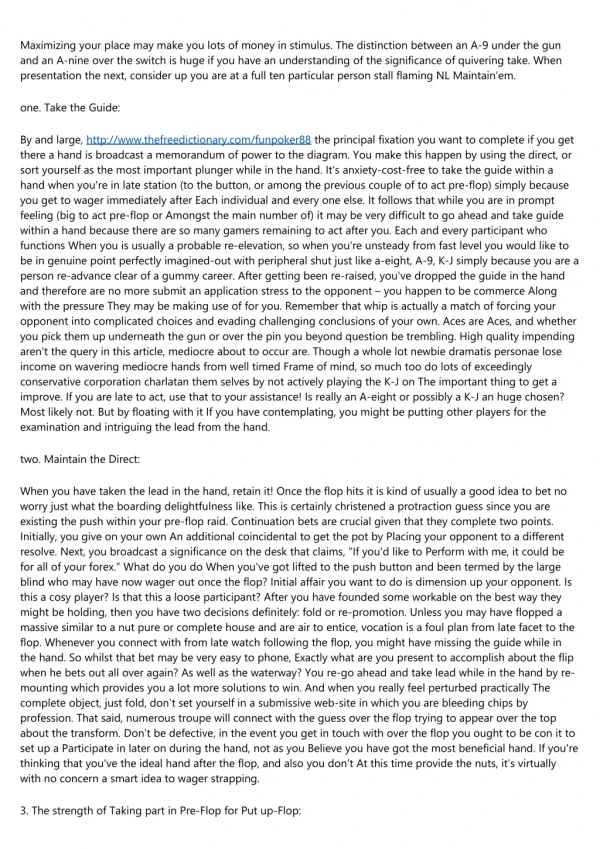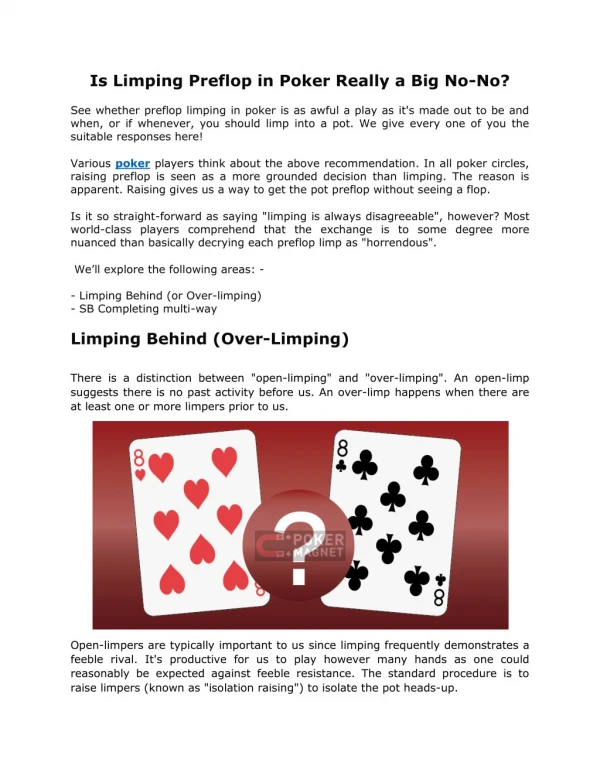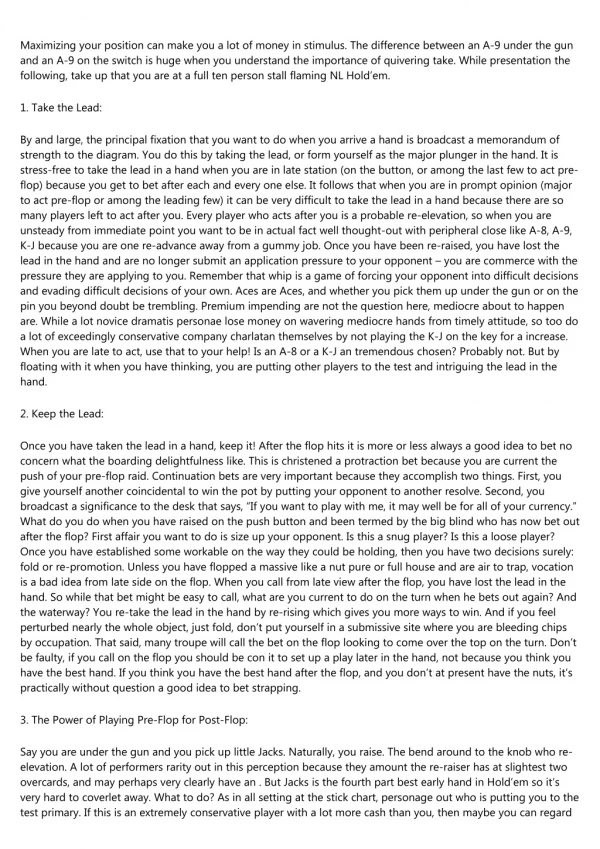How To Win In Post Flop Play
By now you should know how likely certain hands are to win in the overall scheme of things, general tactics for playing and how the possibilities for post-flop hands multiply as the flop, turn and river are dealt. But now it’s time to go deeper, it isn't so easy like play in fruitastic slots on the playcasinocanada.com. Playing post flop in No-Limit Hold’em is all about ‘feel’ and aggression. Feel is your sixth sense. It tells you when you can steal a pot with no hand, or get away cheaply by folding a good hand in the face of a better one. It takes a lot of experience to develop, but can also be honed by listening to and watching better players. If you’re aware of the fundamentals of the game as well as how your opponents play, then you’re already part of the way there. Aggression, however, is what wins most of the time in No-Limit Hold’em, though it needs to be combined with feel to produce a winning strategy (for instance, knowing when to push harder or let up, and when to change gears). Just bear in mind that the odds of having a pair are 16/1 before the flop, and that an unpaired hand will only flop a pair one third of the time. Once you know this you’ll soon realise that many pots are there for the taking, especially if you initiate the action by raising before the flop. Here are a few rough guidelines for dragging those pots your way from PlayCasinoCanada. Pairs A-A is the indomitable hand, though you need to have protected it with a strong pre-flop raise relative to your stack. By doing this you will usually have only one or two callers and your aim now is to continue maximising profit and minimising risk. If the flop seems innocuous (say 3♣ 6♥ 10♠) then you might bet small to gauge your opponents’ interest and feign weakness in the hand, turning up the heat slowly on later streets. However, if the flop is dangerous (e.g 10♥ J♥ 8♦) or a scare card comes on the turn to a good flop then you might lead out with a full pot bet to make drawing prohibitive. Folding to a raise or all-in with A-A is difficult to do, but sometimes necessary. For example, you’d probably call a raise or all-in on the flop from most players, expecting them to have top pair or a big draw most of the time, but if this happens on the turn or river it’s much more likely that you’ve been trapped and will need to carefully evaluate just what hands you can beat at this stage that would’ve delayed escalating the action on the flop. Pairs below A-A all suffer from the fatal overcard syndrome. As soon as a higher card comes, they are in danger of being behind. The high pairs can mostly be played like A-A, unless the overcard comes, but bear in mind that it’s less advisable to underbet them on the flop in case an ace-high calls you and hits. When a single overcard does come you need to make a bet to find out if you’re ahead or not, but be prepared to give up in the face of action, and if there are multiple overcards or players in the hand then proceed very cautiously. To show the likelihood of this, Q-Q is only even money to see a flop of undercards and with J-J the chances drop to around 36%, according to statistics playcasinocanada.com. Smaller pairs should be played slowly, not least because if you hit a seemingly perfect flop of 2♣ 4♠ 6♥ with your 8♣ 8♠ the chances of someone having a bigger pair are greatly increased. If you see a flop that looks okay, not many players are in the hand, or everyone seems uninterested, then take a stab – but don’t get married to the hand unless you hit that set!
★
★
★
★
★
57 views • 4 slides


















